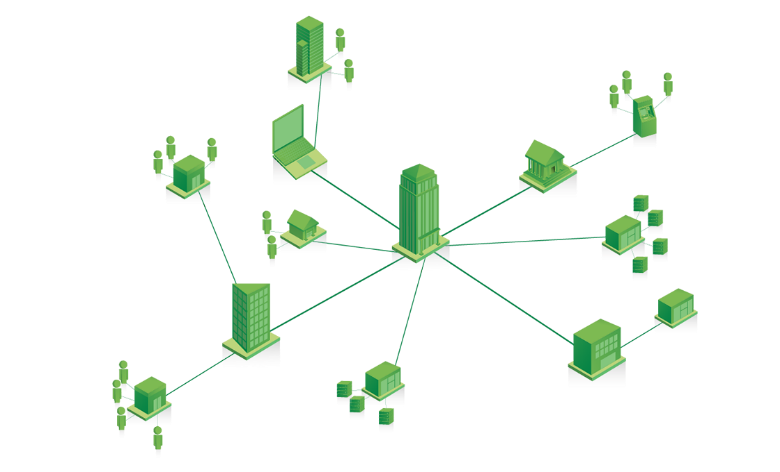IBM expands Bluemix ecosystem to give China access to blockchain and IoT

IBM and Cisco are now actively working together to expand the Bluemix ecosystem. According to partners, providing access to Chinese companies to such a resource will allow them to remotely perform various production operations, increasing the efficiency of their work. Bluemix will help companies from China to actively use the benefits not only of the blockchain, but also of the “Internet of things”.
Now a cooperation agreement has been concluded with one of the largest Chinese companies, 21 Vianet Group. Its management plans in the near future to actively engage in both blockchain technology and the Internet of things (IoT).
In order to provide access to IBM Bluemix resources of 21 Vianet Group and other Chinese companies, IBM has opened access to the signed image of the blockchain code. This allows partners to download, install and run Hyperledger Fabric Blockchain in a Docker-compatible environment.
')
As a result, Chinese companies will be able to improve their cloud services, expanding their capabilities. The ultimate goal is to support entrepreneurship in this country. Company 21 Vianet Group has already announced plans to continue working with IBM to create a robust cloud ecosystem in China. Over the shoulders of a Chinese partner - 20 years of work with data centers and cloud environments.
“By providing access to Bluemix infrastructure and its latest developments, IBM will equip Chinese developers with the set of tools they need for development. This will allow China to support the rapidly growing field of business, including manufacturing and financial services, ”said Ernie Hu, head of IBM's Chinese division in IBM.
In the future, IBM and Cisco Systems will offer services to Chinese partners that provide the ability to conduct remote operations in real time. This can be useful for oil producing and refining companies, refineries, mining companies and freight shipping companies. They can not only perform various operations, but also remotely monitor the work of their equipment.
Using the Watson IoT Platform, IBM offers partners the ability to use data types such as device positioning coordinates using radio modules, readable bar codes, or data obtained from devices directly. Company devices are able to work with distributed blockchain journals to update and view data. As an example, transport companies use blockchain technology to track the location and temperature of cargo. And all parties that are related to the cargo will be able to automatically receive an update of its status.

Now banks and other financial organizations are integrating the blockchain into their processes much faster than experts predicted. It is known that 15% of the world's largest banks are going to present new commercial products based on the blockchain as early as next year.
65% of banks plan to start work with the blockchain in the next three years. We are talking about banks with the number of employees exceeding 100,000. Our analysts surveyed representatives of the 200 largest banks. According to the survey results, it turned out that banks use blockchain in the settlement system, carrying out mass payments, working with stocks of companies and other processes.
IBM has been working on the open-source blockchain technology for a long time. In 2015, the company held several informal meetings with representatives of the US Federal Reserve. The project itself was named Open Ledger, and companies like Wells Fargo, JP Morgan, the London Stock Exchange and other organizations expressed a desire to work with it. Also in the Open Ledger Project are the blockchain-start-up Digital Asset, Cisco and Intel.
And in March of this year, IBM transferred almost 44,000 lines of code to the open-source blockchain project to the Hyperledger Project.
Source: https://habr.com/ru/post/314390/
All Articles